A spectacular crown of feathers renders this classically beautiful bird practically unmistakable, even when viewed from afar.
Meet The Hoopoe
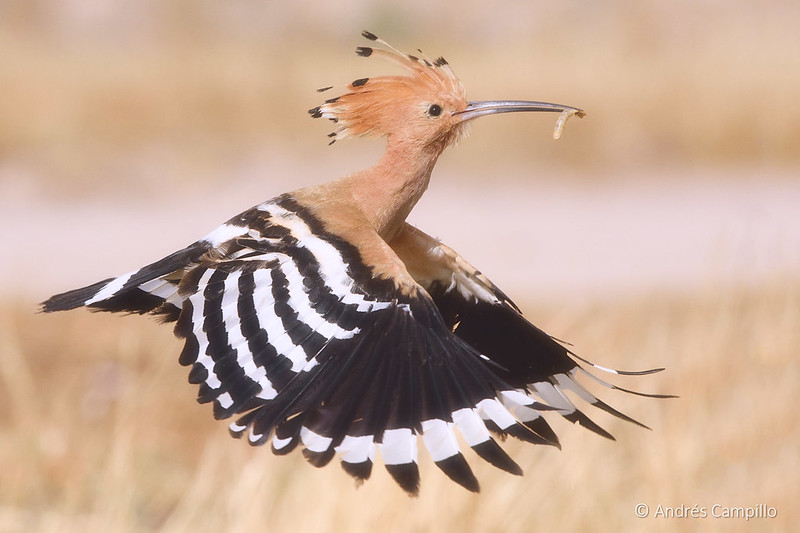
The Hoopoe (Upupa epops) is an attractive bird with a very conspicuous crest, often left in a fanned-out position. The adult male has a pinkish plumage on his head, neck, mantle, and underparts area. The rump and belly are more white. Wings are rounded, tending to be black with white barring. The tail is also rounded and black with one white bar visible. The crest is a sandy color with white tips. Often depressed, when it is on display it opens out to a wonderful fan shape. The bill is 5-6cm long, blackish in color, while the eyes are brown. The feet and legs are grey.
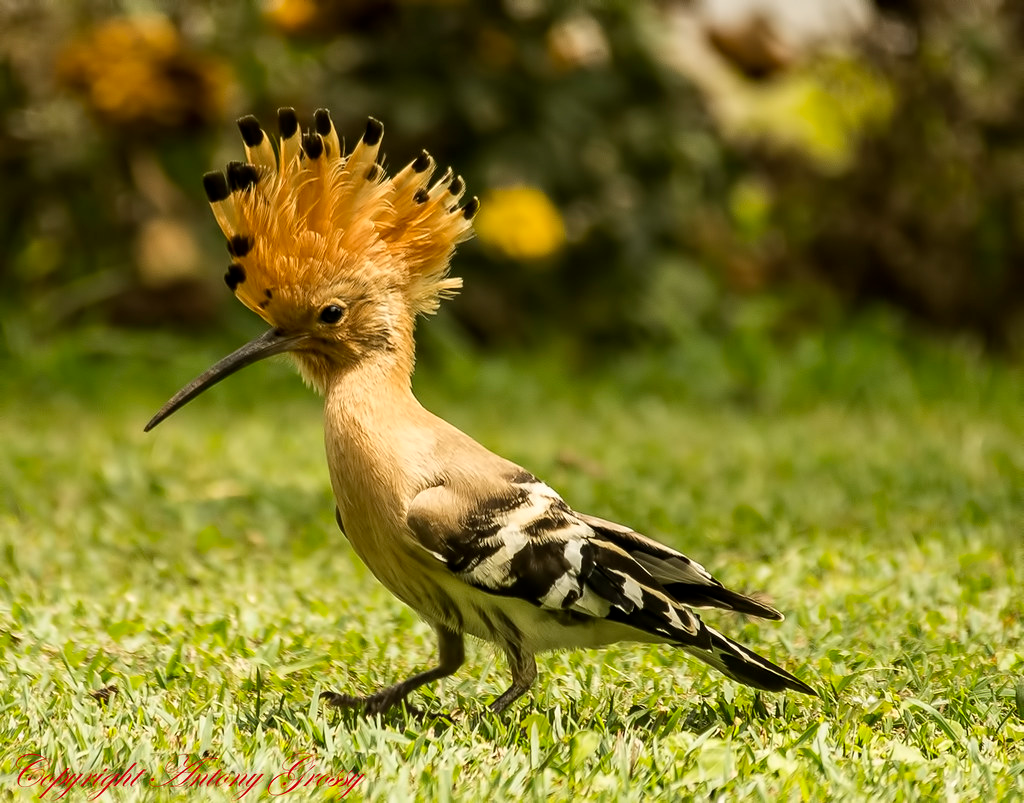
Males and females look similar, though she is slightly smaller with duller overall plumage.
Three living and one extinct species are recognized, though for many years all of the extant species were lumped as a single species—Upupa epops.
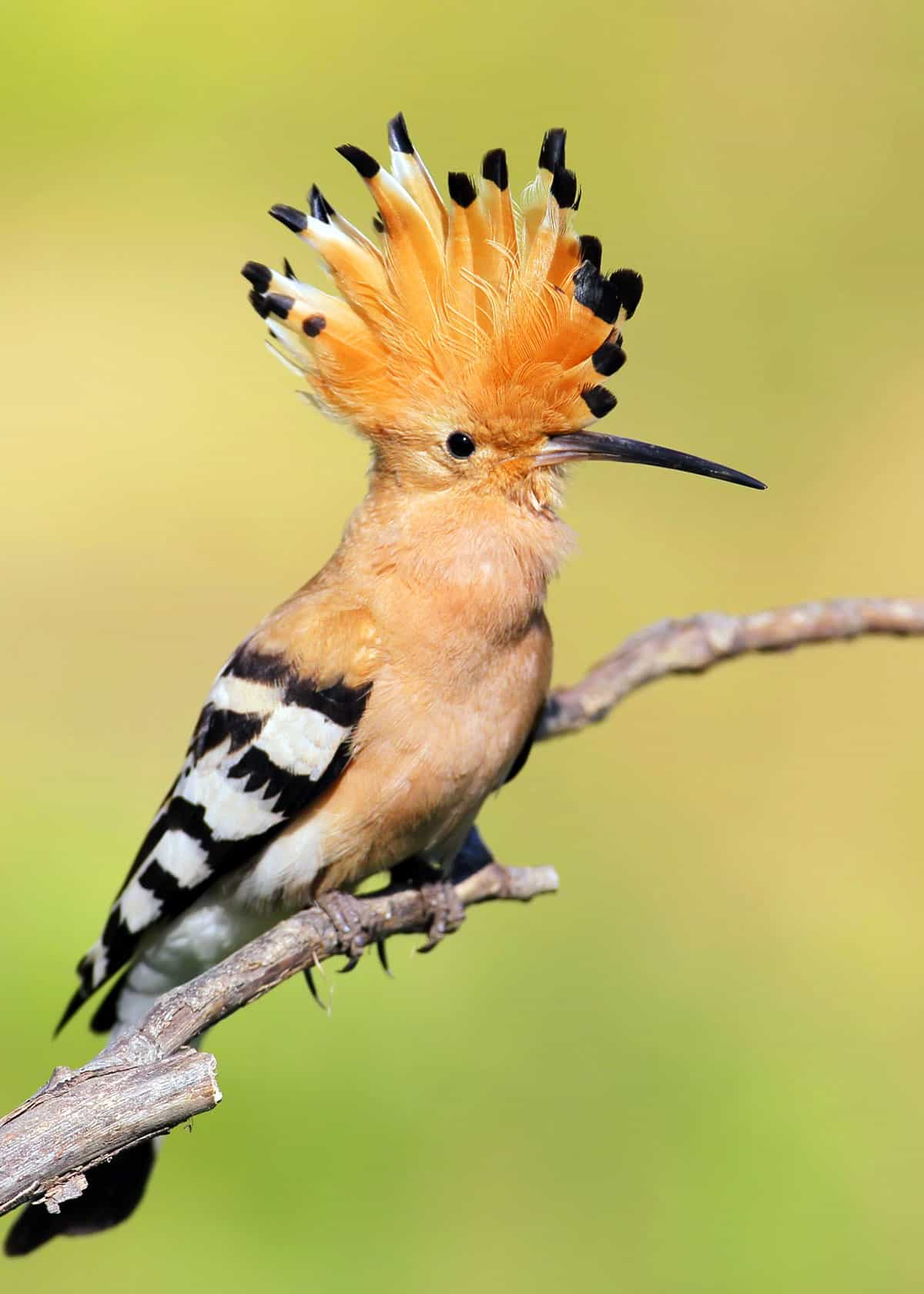
In fact, some taxonomists still consider all three species conspecific. Some authorities also keep the African and Eurasian hoopoe together but split the Madagascar hoopoe. Hoopoes are widespread in Europe, Asia, North Africa, Sub-Saharan Africa, and Madagascar. The Eurasian Hoopoe is common in its range and has a large population.
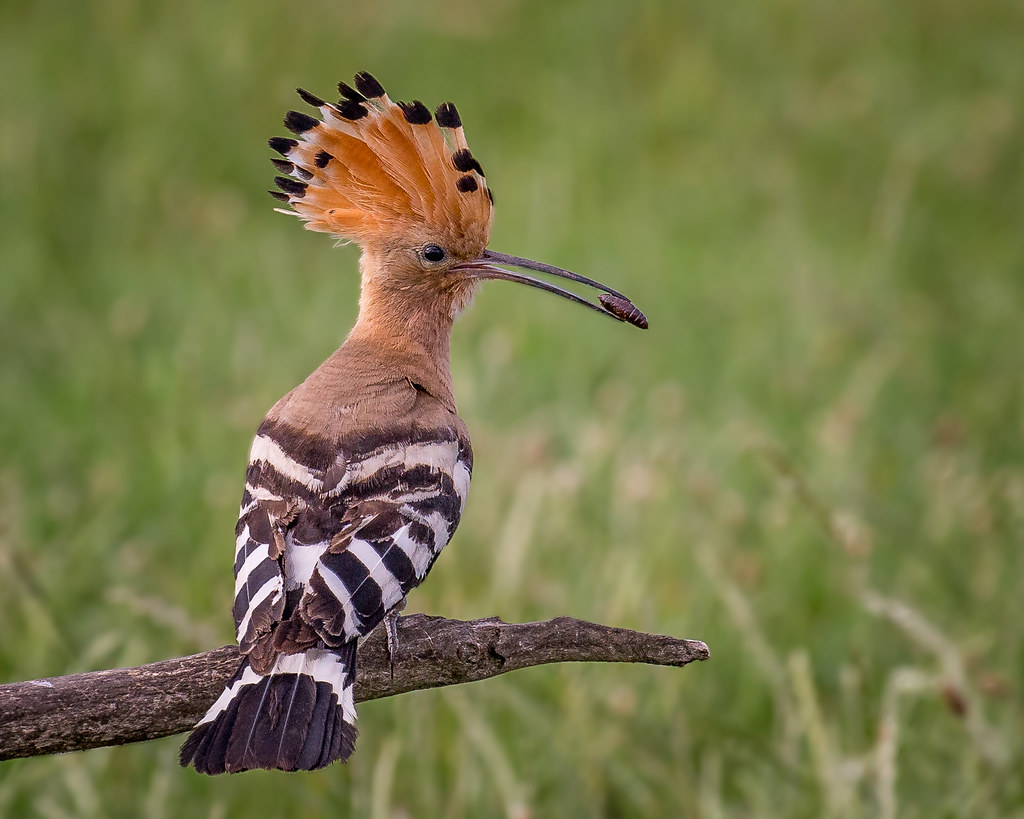
In its range, Hoopoe prefers open countries such as orchards, vineyards, cultivated areas, and wooded areas. It likes to have trees, and or cliffs for roosting and nesting in holes. It can be found around farms and villages, frequenting forest edges, preferring bare ground or short-grass for foraging.
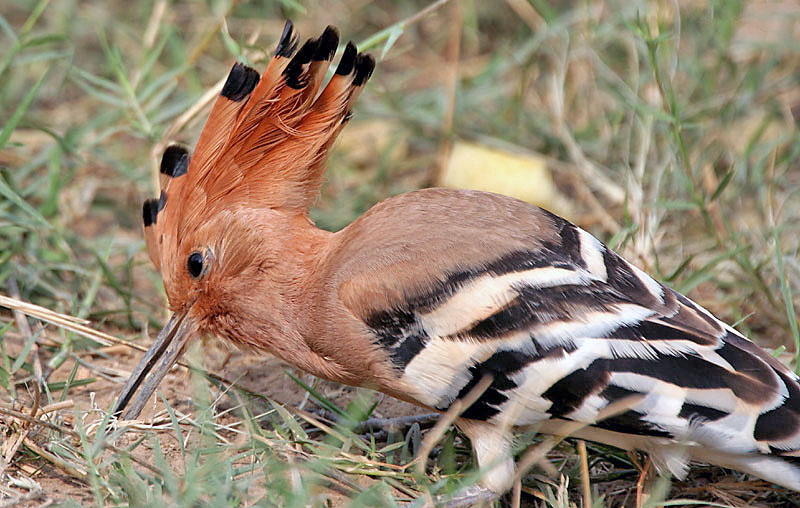
The diet of the hoopoe is mostly composed of insects, although small reptiles, frogs, and plant matter such as seeds and berries are sometimes taken as well. It is a solitary forager which typically feeds on the ground. Insect larvae, pupae, and mole crickets are detected by the bill and either extracted or dug out with strong feet. Hoopoes will also feed on insects on the surface, probe into piles of leaves, and even use the bill to lever large stones and flake off of bark. Common diet items include crickets, locusts, beetles, earwigs, cicadas, ant lions, bugs, and ants.
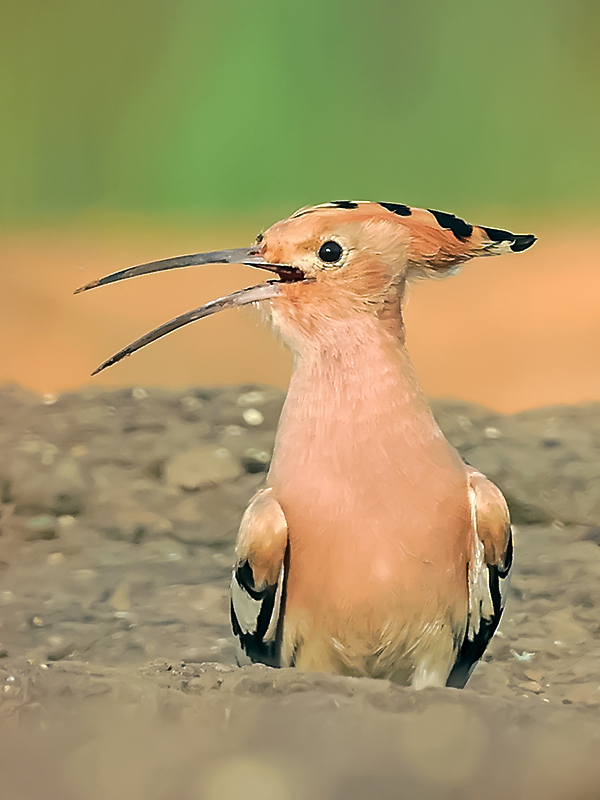
Hoopoe likes to nest in natural cavities such as holes in trees, walls, buildings, and monuments, on cliffs, and among boulders. The female cleans the cavity by removing all items found inside. The interior can be lined or not. But sometimes, there are some feathers or dry grasses. Within she lays 5-9 pale grey or white eggs, these are usually laid at daily intervals. Incubation lasts around 16 to 18 days, all done by the female. Once hatched, chicks are covered with down. The crest appears two weeks later. At 20-24 days of age, the chicks are visible at the entrance of the hole. The nesting period varies from 26-32 days in South Africa, and 24-28 days in Europe and Asia. Young are fed by both parents with insects, but they come to the ground to probe for food very soon. Hoopoe produce one brood per year, sometimes two.
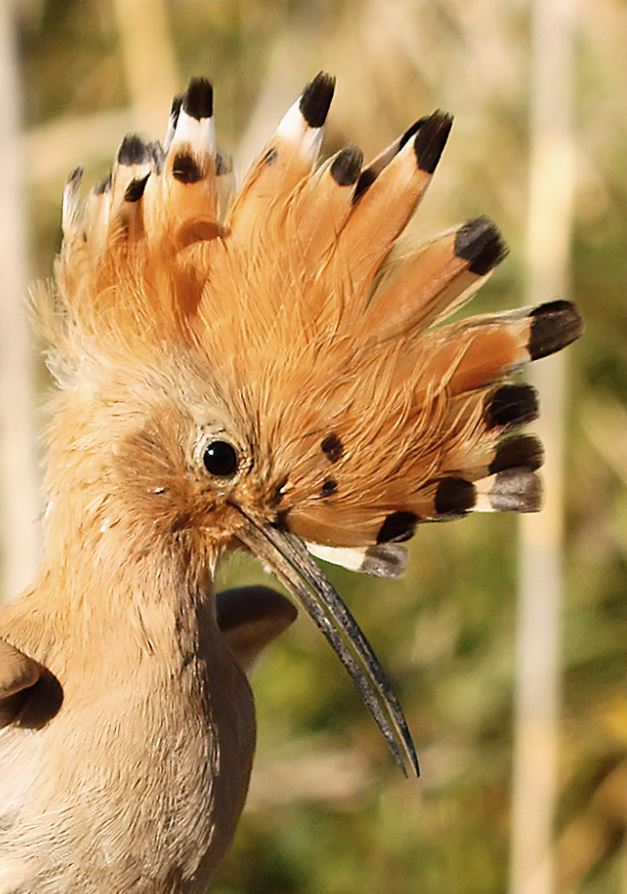
Hoopoe is relatively common in its range, and the species is protected in numerous countries.
According to the range, it may be vulnerable or endangered, due to disturbances, hunting, cutting of old trees, and use of pesticides.
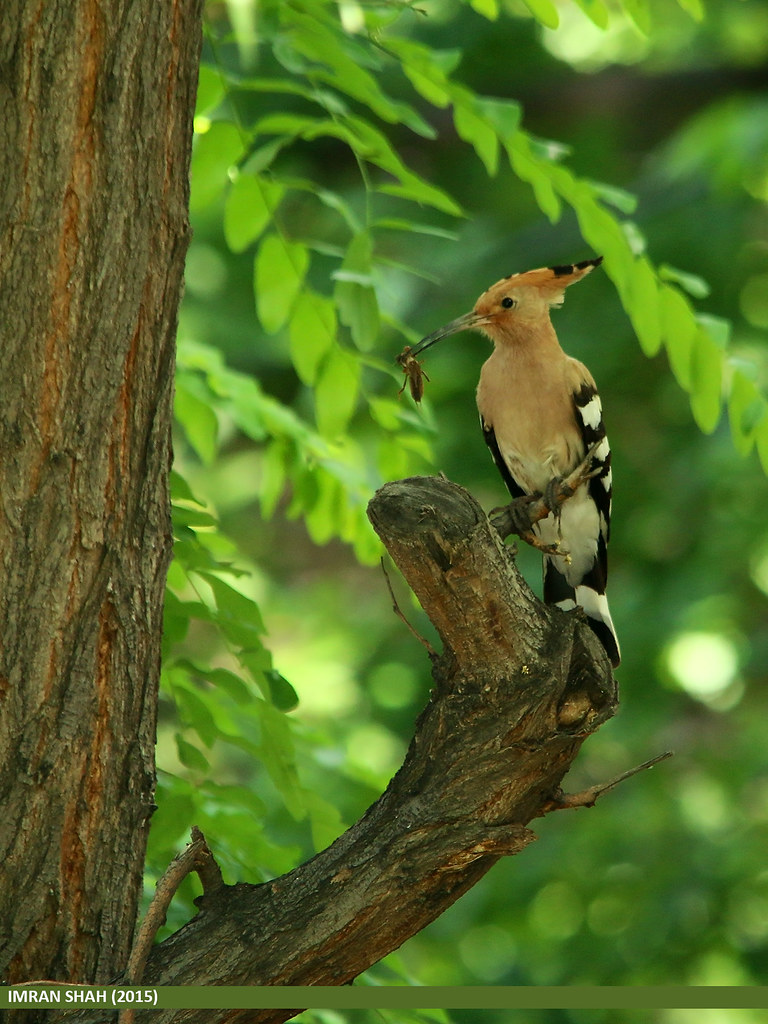
YOU CAN WATCH THIS BIRD RIGHT HERE IN THE VIDEO BELOW:

